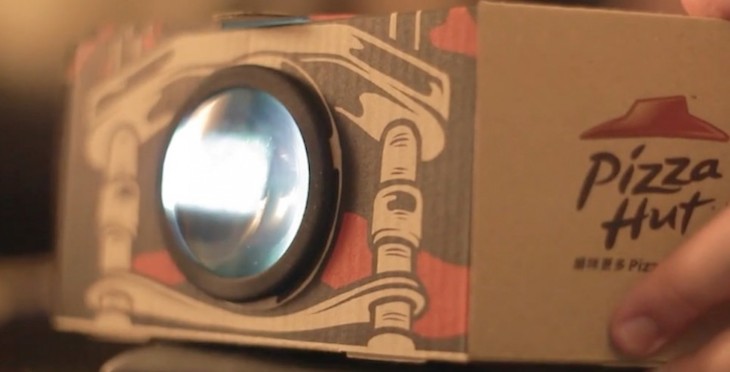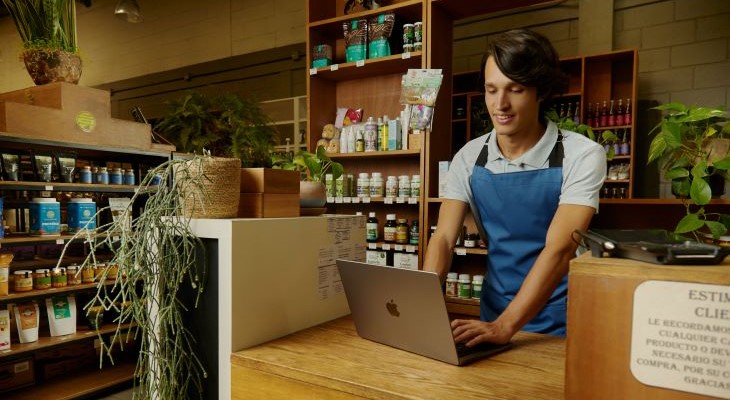Facile dire advertising. Meno semplice, per le aziende, verificarne poi l’impatto sulle vendite.
Per questo IRI ha sviluppato l’Applicazione “Media Profilers”, un sistema per la misurazione dell’efficacia delle campagne media che offre un modulo specifico per l’area digitale. Le peculiarità di questa applicazione saranno presentate in occasione del primo IRI International Growth Summit, in programma dall’8 al 10 luglio a Londra.
La complessità dei canali digitali
La TV continua ad essere il canale in cui vengono focalizzati maggiormente gli investimenti; di conseguenza diventa complicato individuare l’incremento determinato dal digital e la padronanza del mezzo resta talvolta più limitata rispetto ad altri media più classici.
Oggi i canali digitali sono molteplici e la difficoltà per gli operatori può essere proprio quella di individuare il canale più indicato per il raggiungimento degli obiettivi prefissati. Le leve classiche del marketing talvolta non sono sufficienti a rispondere alle esigenze di aziende che operano con l’obiettivo di migliorare o mantenere la posizione competitiva all’interno di un contesto in continua evoluzione, come quello del retail.
L’efficienza di ogni investimento media diventa quindi prioritaria, così come la conoscenza del contributo alle vendite di ciascun investimento.
La soluzione on demand
In risposta a queste esigenze del mercato IRI, leader mondiale nella gestione dei Big Data, nelle analisi predittive e nella generazione di insights per una corretta presa decisionale, ha sviluppato IRI Media Profilers, una applicazione on-demand automatizzata che permette di accedere ad analisi accurate con dati a livello di singolo negozio. La applicazione consente alle aziende del mondo del Largo Consumo Confezionato e alle agenzie media di isolare e misurare in modo veloce ed accurato gli effetti delle loro campagne media.
Sulla base di semplici modelli, gli operatori del marketing possono testare diversi scenari con cadenza settimanale, mensile o seguendo archi temporali più ampi per comprendere se la campagna media in corso sia in linea con i risultati attesi, in termini di incremento delle vendite e di ROI.
Uno strumento versatile
IRI Media Profilers è una applicazione idonea sia per aziende di grandi dimensioni sia per organizzazioni commerciali più piccole e consente la misurazione dell’impatto di una campagna digital o attività di ‘test and learn’ su scala ridotta, prima di effettuare lanci di ad ampio raggio. La soluzione è particolarmente indicata per misurare e ottimizzare spot locali, digitali o sui social.
Carl Carter, Head of Marketing Strategy & Effectiveness IRI, UK, ha commentato: “Le attitudini di acquisto sono in costante evoluzione e le aziende devono stare al passo con il cambiamento continuo del comportamento dei consumatori. Questo significa misurare, analizzare, adattare o modificare le campagne media e le attività di marketing anche mentre sono già in corso. Con budget ridotti e allocati su diverse attività, gli operatori del marketing non possono commettere errori pianificando campagne che non siano efficaci.”
“Per avere successo una campagna media deve essere basata su una comprensione esaustiva delle problematiche di business sottese; deve inoltre essere supportata da informazioni dettagliate a livello di singolo negozio. IRI fornisce uno scenario dettagliato e raccomandazioni precise grazie ad una piattaforma tecnologica “always-on”, veloce e affidabile.”
IRI Media Profilers Application sarà solo una delle tante soluzioni all’avanguardia presentate in occasione dell’IRI International Growth Summit presso l’area Innovation Showcase – una vetrina dedicata a soluzioni innovative e tecnologiche per la crescita delle aziende del Largo Consumo.
Per ulteriori informazioni sull’IRI International Growth Summit, in programma dall’8 al 10 luglio visita il sito: https://www.iriworldwide.com/en-GB/growth-summit












